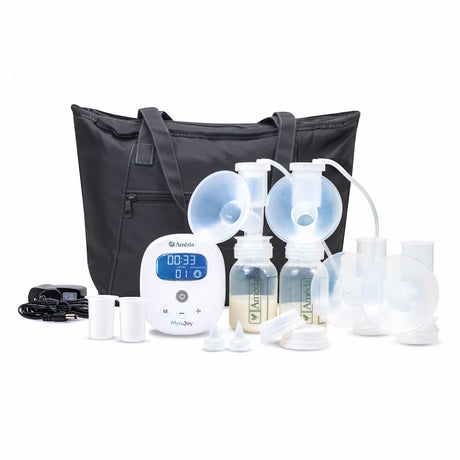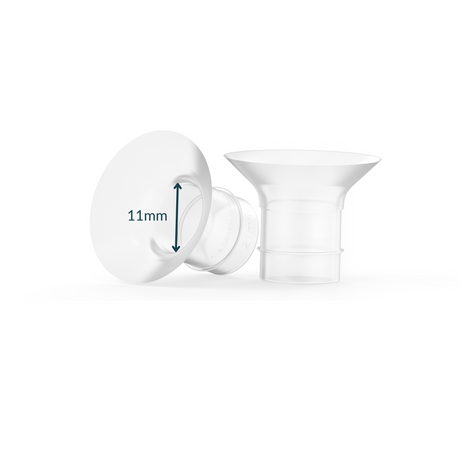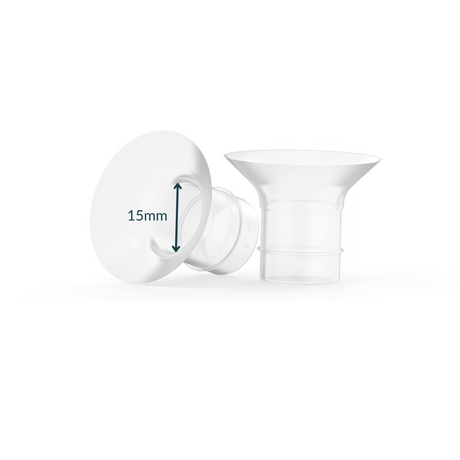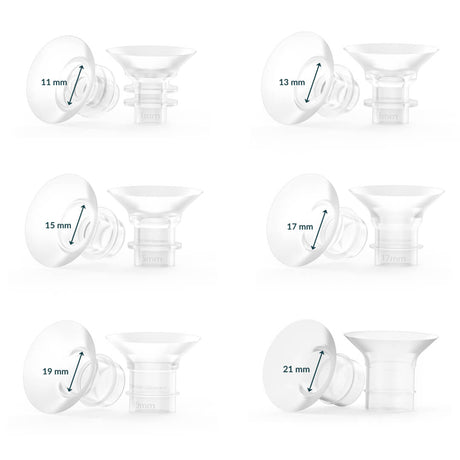Published:
Despite planning for a natural birth, I found myself meeting my new baby in the operating room via cesarean section. Nearly one in three mothers give birth via C-section, just like I did. Having a major operation actually strengthened my commitment to take the “natural” approach in the way I could control: feeding my newborn by breastfeeding. Here’s what I learned about making breastfeeding after a C-section as easy as possible.
Make Breastfeeding Your Official Plan
Written birth plans aren’t a contract. In fact, many doctors and nurses will tell you a birth rarely goes according to plan! What a birth plan can do is let your medical care providers know which goals are important to you. Take these steps to establish a nursing relationship in the hospital:
- Initiate breastfeeding as soon as possible. Some forward-thinking hospitals will let you nurse in the OR, if you and the baby are doing well. Others (like the hospital I delivered in) let you breastfeed in the recovery room. The WHO recommends breastfeeding within the first hour of birth, if possible, as this increases rates of exclusive breastfeeding.
- Ask to see a lactation consultant as soon as possible. The physical stress of a cesarean can make it take a little longer for your milk to come in. A lactation consultant can advise you on proper positioning and suggest how frequently to feed to encourage milk to come in.
- Enlist your partner and nurses for support. You may not be able to stand on your own or lift your baby for a few days after the operation, so you’ll need someone to bring your baby to you to nurse.
- Ask about pumping. My baby and I had to spend some time apart to address a mild medical complication. Pumping kept my colostrum production on schedule and let me feed my baby, even when I couldn’t hold her. What I wish I knew was it’s okay to adjust the pump’s suction down to a comfortable level! Breastfeeding and pumping isn’t “no pain, no gain.”

Choose a Comfortable Position
Breastfeeding is a natural process, but that doesn’t mean there isn’t a learning curve! Many new mamas and babies struggle at first to find a rhythm. Factor in a painful, healing incision, and nursing becomes even more challenging.
Pain-free breastfeeding positions helped me feed and bond better. Try a few and see what feels good to you:
- Football hold: Put a pillow next to you. Lay the baby on the pillow, put your arm around her, and position her so her head is near your breast and her feet angle toward your back. Cup your baby’s head in your hand and use your opposite hand to compress your breast slightly (think of holding a hamburger). Once the baby’s latched, adjust the pillow or put a rolled-up towel under your wrist to avoid strain.
- Reclining position: Lean back, supporting yourself with pillows. Use a breastfeeding pillow (or normal pillow) as a buffer to protect your incision. Place your baby tummy-to-tummy with you, with the baby’s head at your breast. Adjust the angle as needed so your baby can’t kick at your incision, and use pillows to help support your baby’s weight.
- Side-lying position: Lie down on your side, supporting your head and back with pillows. Lay your baby on her side, facing you. Your nipple should be at nose level. You may need to lean back into your back pillow to lift your nipple into optimal latching position. Once you achieve a latch, you can support your baby’s head on your arm or just the mattress, and wedge a rolled-up towel against the baby’s back to prevent rolling. Ask someone to stay close and alert, since it’s easy to drift off in this position!

Take Care of Yourself
Recovering from a cesarean typically takes about 6 weeks, as compared to about 2 weeks for a vaginal delivery. Be gentle on yourself as you heal from a major surgery as well as adjust to life with a newborn.
- Take your pain medication as needed. Most pain medications are compatible with breastfeeding. In some cases, your doctor may recommend you take meds right after a feeding, so the medication will be at a lower strength in your system by the next nursing session. Keeping your pain at tolerable levels aids your recovery and may even make it easier and less stressful to breastfeed.
- Rest, rest, rest. Limit stairs, don’t carry anything heavier than your baby without clearance from your doctor, and for goodness’ sake, don’t do housework! Your job is to breastfeed and heal. That’s it. You can resume your normal activities bit by bit as your recovery allows. There’s no need to rush.
- Keep bottles clean. Some antibiotic medications can increase the chance of you and your baby contracting thrush, a fungal infection. Enlisting your partner or family member to thoroughly clean and dry pumping equipment and bottles can lower the risk of infection.
My C-section may have added a few extra challenges to breastfeeding, but I ended up nursing my little one for over 2 years! No matter how you give birth, you can still take steps to have a fulfilling breastfeeding relationship with your baby.
DISCLAIMER: Ameda strives to present you with accurate and useful breastfeeding information. This article may contain information and ideas that are not necessarily the views of Ameda. It does not constitute medical advice. If you have any questions please contact your healthcare professional.

















